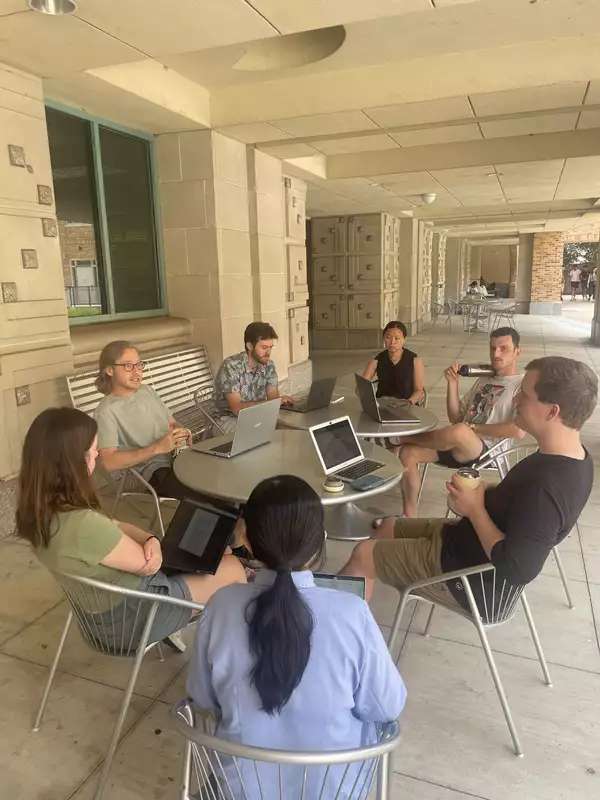My summer research at the Zalamea Lab focuses on the foliar mycobiomes of tropical trees in Miami, Florida. Our research specifically targets three tropical pioneer tree species: Ficus citrifolia, Trema floridianum, and Bursera simaruba. These species are crucial for ecosystem growth and adaptation as they are the first to colonize disturbed or barren environments. Besides these species being generally understudied, their epiphytic fungi have never been studied and there is a general lack of information on the foliar mycobiomes of tropical trees. Despite their importance, there is very limited research on their ecology fungal associations. The plant mycobiome refers to the collective genomes of the fungi inhabiting the various organs and tissues of the host plant. Fungi living on the outer surfaces of plants are known as epiphytes, while those colonizing the internal tissues are called endophytes. Fungi can affect their hosts in variable ways, such as improving their host’s photosynthetic rate, augmenting host defense against pathogens, improving host nutrient uptake, and inducing plant growth. Therefore, understanding the fungi that inhabit these species will provide valuable insight into plant health and ecosystem adaptation.
Our research consists of two main parts. The first part, led by two master’s students in the lab, involves creating a fungal database of the three species and comparing the mycobiomes of healthy and sick leaves, and well as examining fungal communities across a human impact gradient. Factors from the plant’s environment such as urbanization, elevation, weather, presence of competitors, and management regimes play a key role in determining the composition and diversity of fungal communities. As such, we want to explore how urbanization and leaf health may impact the foliar fungal communities, as well as how different tree species may respond to these factors.
The second part, which is my primary focus, aims to determine whether foliar mycobiomes differ between leaves exposed to shade versus sunlight. I wanted to explore how much fungal variation occurs within the same tree. Given that shade and sun leaves have different morphological and physiological capabilities from development, I hypothesize that sun and shade leaves may harbor different specialized mycobiomes that best suit their morphology and function. To do this, I am conducting light-response curves and stomatal/leaf anatomy work to quantify the differences between the shade and sun leaves. After confirming there are physiological and morphological distinctions between leaves exposed to different light conditions in all species, I can then compare their mycobiomes to determine if they change in response to these functional differences. The field of plant-microbial interactions is still in its early stages, and our study contribute to a better understanding of how fungi vary between tropical species, trees of the same species, and even leaves on the same tree. The fungi we find will have an assortment of effects on their host plant, which we will try to tease apart and describe. Furthermore, we hope that understanding how shade and sun-exposed leaves interact with fungi and develop their mycobiome will provide useful insight into how plants and fungi develop and adapt to each other.
We have already made our first visit to Miami, during which we conducted light-response curves for the leaves of Ficus citrifolia. As expected, the sun-exposed leaves had higher max photosynthesis compared to the shade leaves for each tree. Our next step is to collect the leaves for fungal sampling and observe what fungi grow!



